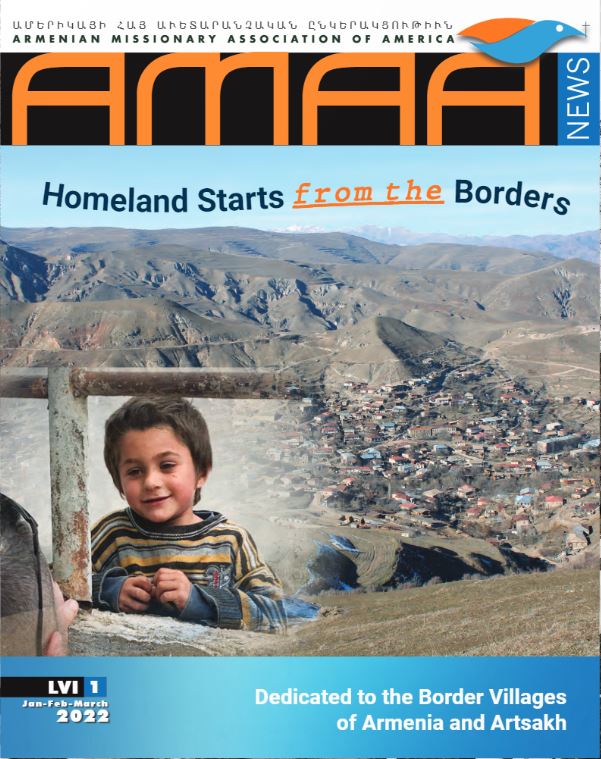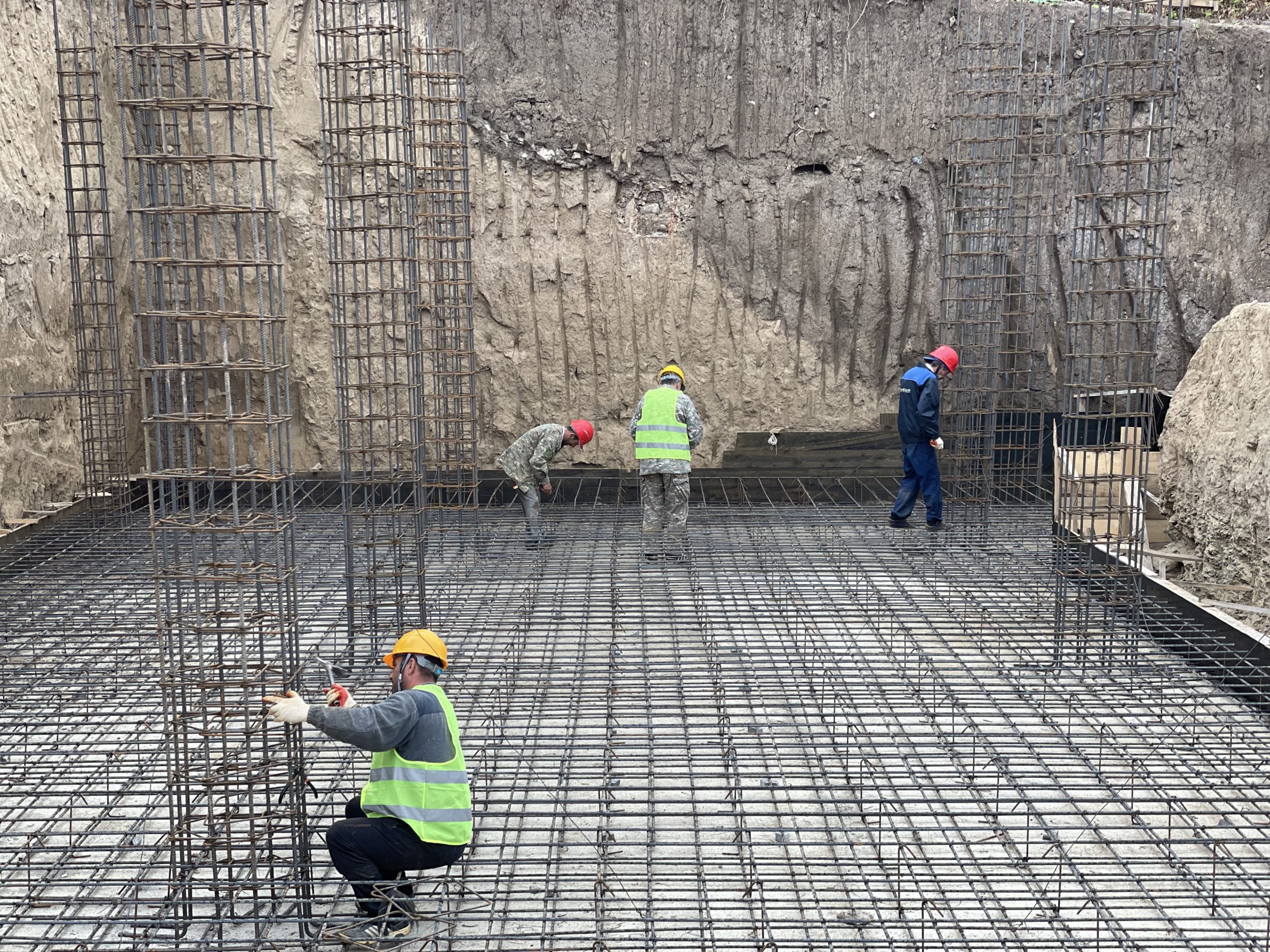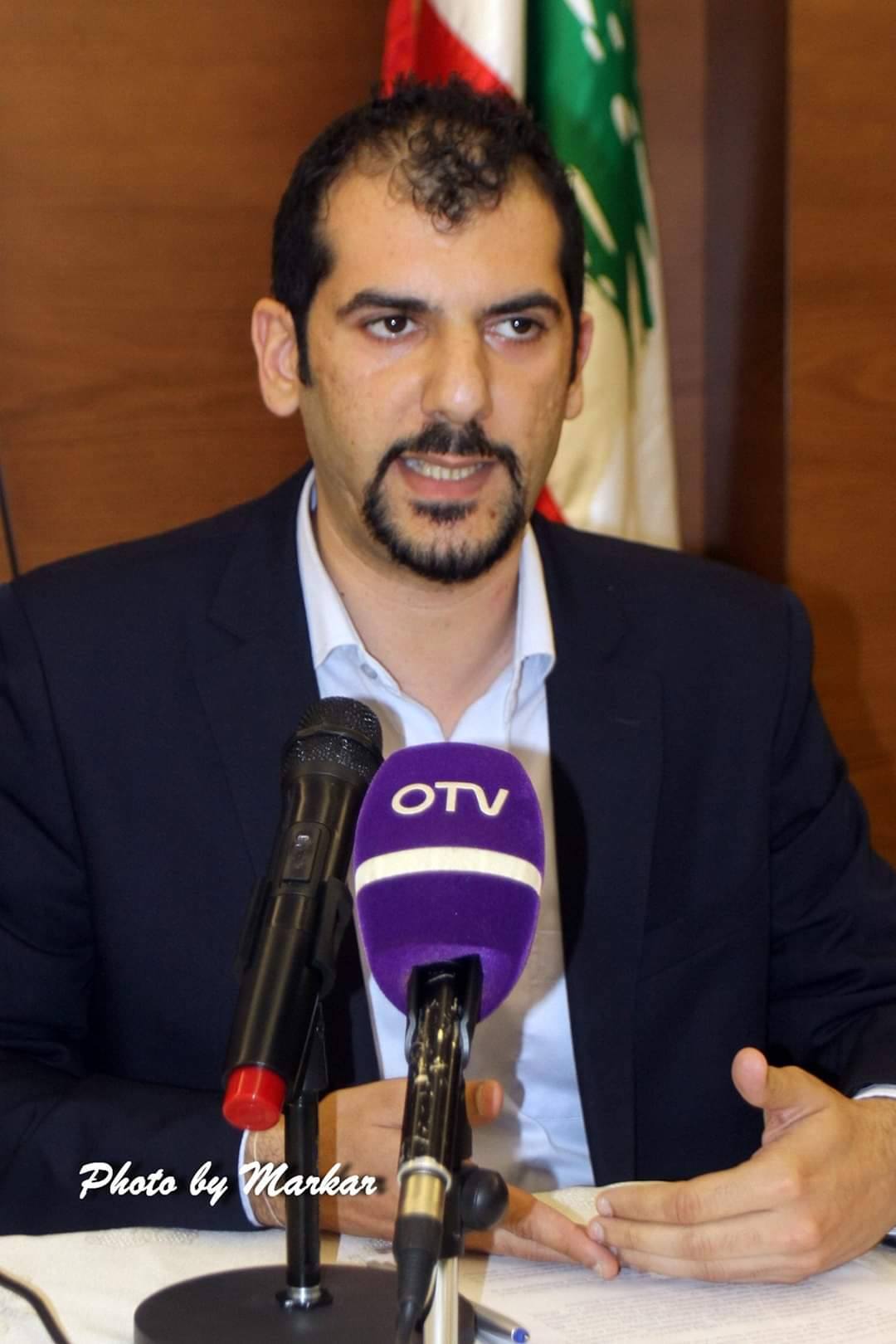
Very often in times of need, we suddenly hear the doorbell ringing. When we open the door, we discover a friend or a relative is there to help us, secret angels who suddenly appear “out of nowhere” to help without asking for anything in return. Upon reading the early 2022 issue of the Armenian Missionary Association of America (AMAA) News magazine titled “Homeland Starts from the Borders,” dedicated to the missionary’s enormous humanitarian, development and spiritual investments in the border villages of Armenia and Artsakh (Nagorno-Karabakh), I thought of secret angels.
The AMAA was created by the Armenian Evangelical Church on June 7, 1918 in Worcester, Massachusetts. Its purpose has been to encourage Armenians to keep their faith, culture and national identity. After the devastating earthquake of 1988 in Armenia, the association worked tirelessly to relieve the pain of the victims by providing food, clothing, medicine and medical equipment. In 1991, after the independence of Armenia, the AMAA Armenia headquarters opened in Yerevan and later expanded its activities to Artsakh and the border villages.
AMAA Armenia does not exist in a vacuum. Global operational policies are formulated, directed and funded by their offices in Paramus, New Jersey, where a board of directors and management draw the course. AMAA executive director and CEO Zaven Khanjian says it is the AMAA’s duty to empower border families and light a candle together in dark days.
Why the bordering villages?
The AMAA’s first encounter with bordering villages was a decade ago, but the focus on border life increased after the Tavush clashes (July 2020) and the 2020 Artsakh War. AMAA’s mission was driven by the following Bible verse: “People put the light on a stand, and it gives light to everyone in the house” (Matthew 5:15). The border villages are the lighthouse of the fatherland. Interestingly and historically, Armenian kings always have given much importance to the bordering villages of their kingdoms. In his instructions to his young prince, Tigran the Great once said, “We are obliged to settle the frontier regions only with Armenians. Are you listening, young prince? Only Armenians. The frontier regions are our house’s pillars. The enemy’s battleax will strike at them first with its merciless blow. But, if those pillars are solid, smoke from the House of Hayk will rise for eternity.”
Armenia’s bordering regions with Azerbaijan and the occupied territories of Artsakh have been frequently experiencing deadly cross-border shootings, snipers, incursions and kidnappings. Security is a daily concern for these courageous villagers. The fear of insecurity intensified after the withdrawal of Armenian troops from Artsakh and some bordering checkpoints. The post-war security developments and the enduring poverty have robbed the children of these villages of their childhood. Some schools even lack playgrounds and necessary infrastructure to shelter students from the cold winter. These bordering villages play a critical strategic role in defending our homeland. That’s why encouraging residents to stay and cultivate their lands and increase their employment opportunities in their region is a national security issue. For these reasons, strengthening these communities is crucial for the defense of Armenia.
In an interview with the Armenian Weekly, Aren Deyirmenjian, the deputy representative of AMAA in Armenia, says the main challenge of the border villages has always been to prevent depopulation of these villages and convince the people with enough reasons to stay in their hometown villages. For decades, border families were neglected by the government and felt abandoned. “Surprisingly, most of them have the willpower to stay and only need small incentives. In order to preserve Armenia’s borders, we need to keep the people in these villages and help them progress and develop. Sometimes, all it takes is for them to realize they are not on their own. For example, a few months ago our team visited a family with a birthday cake and celebrated with them. Such things sometimes speak louder than any project,” shared Deyirmenjian.
Unfortunately, these strategically important villages have fallen behind the rest of the country in education and socio-economic development. With the “we are our borders” mindset, the AMAA wants to empower residents in these villages to be of strategic importance.
Strategy and Implementation
Following the November 9, 2020 trilateral statement, Armenia lost its security buffer zone with Artsakh. To address this issue, the AMAA reached out to more than 95 border villages with various multifaceted and multipurpose programs. The association’s three-fold strategy consists of emergency relief, events for children and economic development.
The AMAA’s agenda is not top-down, but bottom-up; it’s engaging in a participatory and communitarian program where volunteers visit the villages and gather with the youth to listen to their concerns. The youth of the village are encouraged to form youth clubs and brainstorm ideas to initiate development projects that include capacity building and income generation. These clubs are being formed in Kapan, Vartenis, Sisian, Goris, Noyemberyan and Berd.
In Sisian, the Evangelical Church of Armenia adopted new programs to strengthen the village and restore prosperity. Pastor Arman Martirosyan and his wife, for example, traveled from village to village and house to house to bring joy and hope to broken hearts. The AMAA has provided scholarships for students and started handicrafts and needlework workshops as well as puppet theaters and painting clubs. The AMAA has also provided social services and organized Christmas and Easter programs for thousands of children.
The AMAA is also heavily investing in the northern Tavush region in the town of Berd which was named the central hub for the surrounding 17 villages. When the war ended, the government added instructions to build mandatory shelters for new buildings. The AMAA started planning a new Educational Day Center for the town based on the new regulations. The aim was to ensure that the people, especially the youth, would remain in these lands. The new building is now under construction and will have a footprint of 200 square meters, two floors and a basement. The building will have a modern architectural look and remain an icon for the town for decades to come. The building will also boost the AMAA’s activities and serve as a hub for the youth and needy. There will be a soup kitchen for the elderly and a space for educational and youth services.

The AMAA also embarked on a four-year economic development project with the Children of Armenia Fund (COAF) in the region of Lori. Here, a significant investment was recorded in the value-chain and cheese production system from the families who own the cows and cultivate the lands, to those who transport the milk and secure experts from Europe to work with local cheese producers. Eventually, the cheese will be marketed and sold, and the income will return to some 200 families. This area was indirectly affected by the post-war developments.
The AMAA’s activities are also deeply rooted in Artsakh. During the latest war, the AMAA did not end its services in the warzone as volunteers and missionaries were helping the needy families under the threat of bombs and shootings. AMAA representative in Artsakh Victor Karapetyan refused to abandon his people during the war and helped the needy families and sheltered them. After the war, the AMAA, despite the loss of many of its investments and projects due to occupation, decided to increase its programs, reaffirming its unconditional devotion to the homeland, shouldering the pain of Armenians and the unchanging, tireless mission to get them back on their feet.
Deyirmenjian says that after the war in Artsakh, the association felt that the need went beyond relief and aid. People needed steady sources of income. That’s when the AMAA launched the “Empower an Artsakh Family” program, which aimed at giving seed money to families to start small businesses wherever they were. For example, a family who had lost their father in the war was relocated to Vanadzor. The wife said she was willing to work and make jingalov hats (Artsakh herb bread) if she had the right equipment. The AMAA helped to develop her business in Vanadzor and produce a suitable income to take care of her family. So far there are 42 “empowered” families—16 in Artsakh and the rest in Armenia.
The AMAA is engaging in both humanitarian and developmental projects. Food, clothing and cash remittances, as well as housing are being provided to IDPs from the regions of Hadrut and Shushi. In 2021, a project was launched in partnership with the Support our Heroes NGO where AMAA sponsored the construction of six of the 16 homes of Project Nakhijevanik in Askeran, Artsakh. Participation in this program is part of the AMAA’s mission to rebuild and resettle Artsakh. Immediately after the war, the AMAA resumed its Artsakh support campaign, not only to provide emergency aid but also to rebuild what was destroyed by Azerbaijani aggression. The NGO has since received three hectares of land in the village of Nakhijevanik from the Artsakh government as a grant and secured a project and charitable status from the Armenian government. Support Our Heroes NGO is planning multiple fundraising events in 2022 to help raise the necessary funds for Project Nakhijevanik. To date, the AMAA also has renovated 17 houses in the cities of Stepanakert and Martuni.
Finally, by the end of 2022, the AMAA will be opening a modern, tuition-free kindergarten on Tumanyan Street in Stepanakert for 200 children. The contemporary kindergarten, designed by leading architects in Armenia, will serve to educate and elevate, with prevailing methods, the young minds that will inherit the land one day.
Looking to the Future
“We shall build brick by brick.” This is how Lucine Ohanyan, AMAA Armenia external relations coordinator, described the AMAA’s work in the bordering villages of Armenia and Artsakh. The AMAA’s participatory work is a case study in illustrating the importance of bringing sustainable development to the bordering villages of Armenia, since our borders are only strong and soldiers only stand firm when they are supported by developed villages full of people.
In the coming months, Deyirmenjian said the AMAA is launching projects in Tigranashen (a strategic town bordering Nakhichevan where the highway from Yerevan to Nagorno-Karabakh and Iran passes through), Medz Masrik (Vardenis border), Shaghat (Sisian border) and Nakhijevanik (Artsakh border). These programs aim to activate youth to have a dynamic role in transforming their villages. “Small youth clubs will be set up and will serve as incubators for small-medium projects. The AMAA will review the ideas coming from the clubs and will fund the most promising and sustainable ones. We are hoping that this creates the needed enthusiasm for the youth to feel involved and for the village to see a tangible difference in its daily life,” added Deyirmenjian.
The AMAA has shown us that there is no job too small or too big. Its mission is simple: to stand with all Armenians who need help and develop the homeland’s impoverished remote villages.



Be the first to comment